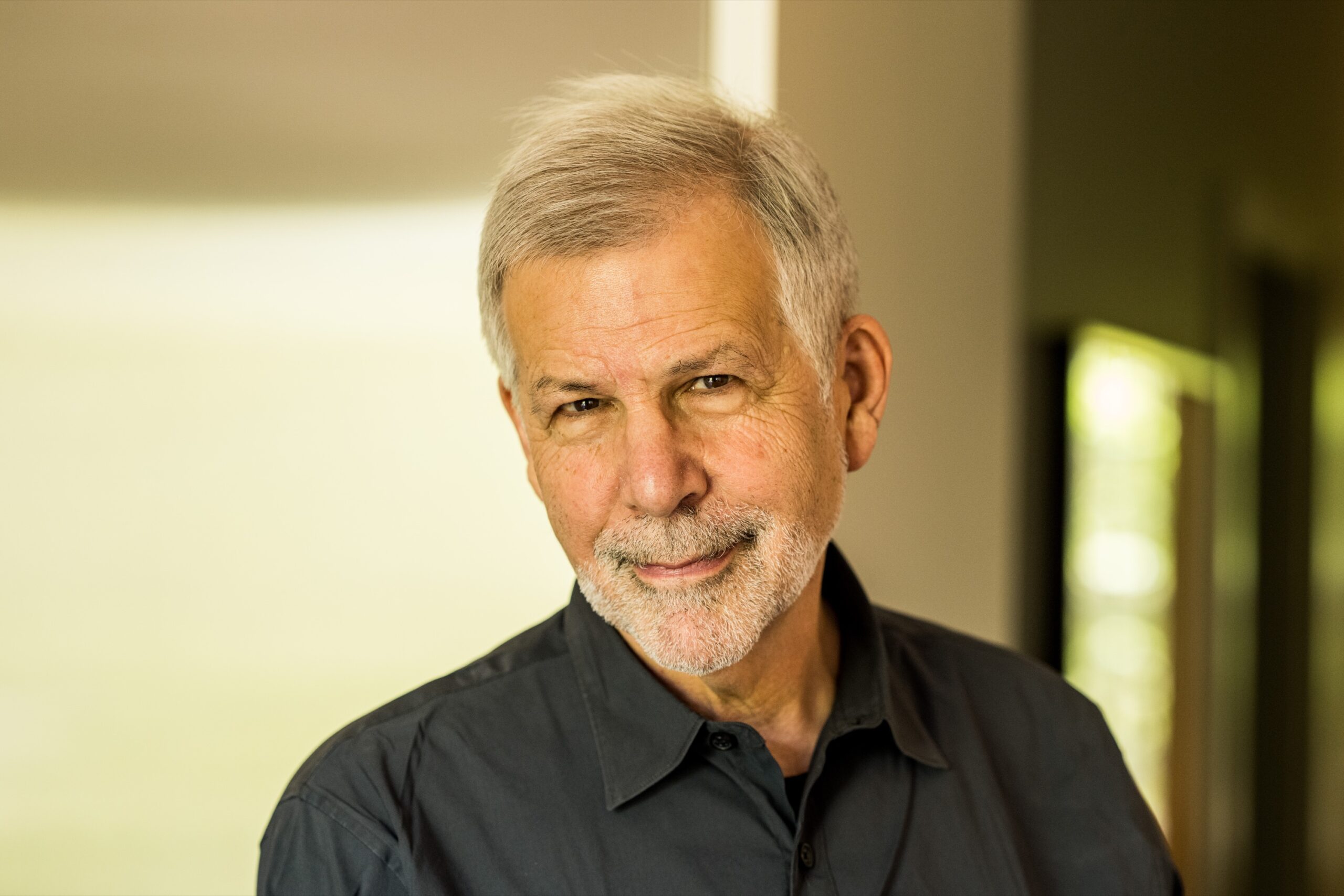Why Democrats Can’t Govern Effectively, According to a Historian
For large swathes of the twentieth century, Democratic control of the House of Representatives seemed permanent and without serious contention. Today, Democrats hold the House by just nine seats, limiting their ability to deliver on the Build Back Better agenda and threatening their control of Congress in the midterm elections.
Why did Democrats lose their demanding majorities of yesteryear and how, if ever, can they regain them?
Michael Kazin, Ph.D. and a professor in the Department of History at Georgetown, wants to chart a course forward for the Democratic party by studying its long evolution – from its creation in the 1820s through the election of 2020. Kazin’s new book, What It Took to Win, offers a sweeping account of the history of the Democratic Party, those who built it and the mechanisms by which they won and wielded power.

Moral Capital Builds Political Capital
In 1936, President Franklin D. Roosevelt won re-election in a resounding victory, carrying the popular vote by a margin of 24%. Kazin describes this electoral success as, “the most complete victory in the history of partisan presidential elections.”
The New Deal programs that were enacted under FDR were monumental, durable and far-reaching. Legislative wins such as Social Security, the Wages and Hours Act and the G.I. Bill became a part of the fabric of American society. As Democrats at the federal level restructured how the government functioned for the average American, the politically-involved working class grew at a tremendous rate. The labor movement increased from 3 million in 1933 to 15 million members in 1945.
Central to the New Deal successes of the Democratic party, according to Kazin, is moral capitalism. The term, borrowed from fellow historian Lizabeth Cohen, is “a system that balanced protection for the rights of Americans to accumulate property, start businesses and employ people with an abiding concern for the welfare of those with little or modest means who increasingly worked for somebody else.”
Moral capitalism functions in two primary ways, according to Kazin. First, it defies concentrated, elite power, whether it exists in private business or public office, that funnels money into the hands of a few at the expense of the many. Second, it stands up for wage earners whose material conditions are determined by their employers. In other words, moral capitalism doesn’t reject the idea of free enterprise, but strongly tempers it by attacking monopolies and looking out for the put-upon worker.
When the Democratic Party has been most successful, in terms of raw political power, they have leveraged the message of moral capitalism, unifying working-class people across the country.
What It Will Take to Win
There are only three periods in American history when a party has been able to pass substantial reforms – Reconstruction, the New Deal era, and the 1960s. Each legislative agenda was precipitated upon resounding electoral success.
“It’s amazing, in some ways, that Biden has been able to do as much as he has,” says Kazin. “But Democrats won’t be able to pass the policies that they really want to pass – these moral capitalist or social democrat policies without large majorities. To win those large majorites they have to build back their coalition, the kind of coalition they had from the 1930s to the mid-1960s, which is grounded in a multiracial working class. They can’t just be a white working class because the working class is not just white and never has been.”
Looking forward to the 2022 midterm elections, Kazin doesn’t have much confidence that Democrats will hold onto the House.
“There are only two examples in all of U.S. history where the incumbent party does not lose seats in the first midterm after the presidency changes parties,” says Kazin. “1934, when FDR was popular and the economy was getting better, and 2002, in the aftermath of 9/11 before the Iraq invasion. Obviously, with such narrow majorities it would be remarkable if Democrats held the House.”
To grow, as a party, and win the super majorities necessary to enact real change, Democrats need to recenter themselves as proponents of the working class and run on universal programs, which, according to Kazin, are the only programs that endure. Programs that help a majority of the population, especially those who work for a living and don’t have much in the way of savings are essential to long-term electoral success. Already, some Democrats are broadcasting a labor-focused message.
“Sen. Sherrod Brown (D-Ohio) constantly talks about the ‘dignity of work,’ which is a phrase that other Democrats have picked up on,” says Kazin. “One of the reasons he’s been able to win re-election in Ohio, which has become more and more of a red state, is because he knows how to talk about these issues, and also he’s a huge supporter of the labor movement, which until recently many democrats of the Clinton variety have not been.”
At 416 pages, What It Took to Win will equally serve history buffs as well as politicos. Published by Farrar, Straus and Giroux, What It Took to Win will be available in both ebook and hardcover formats on March 1.
